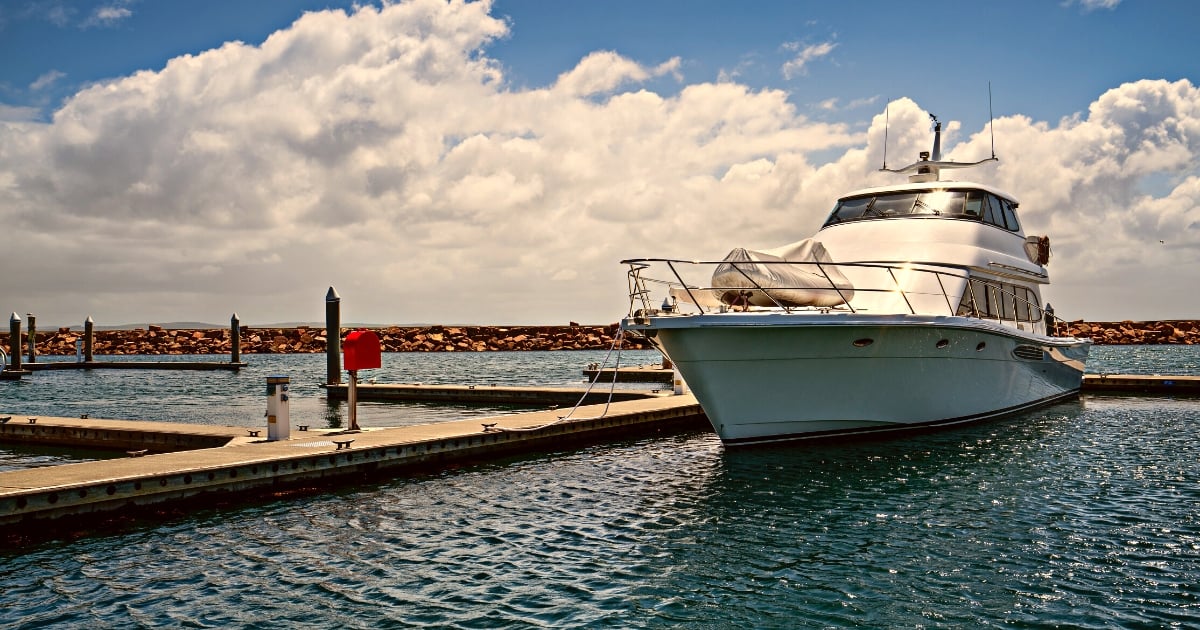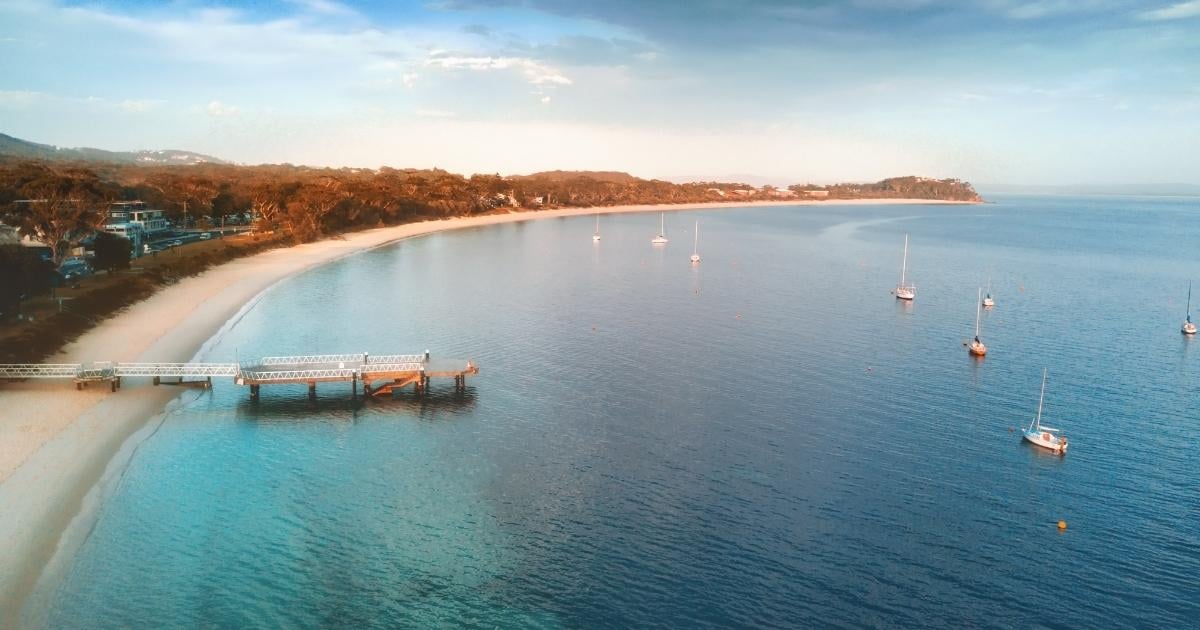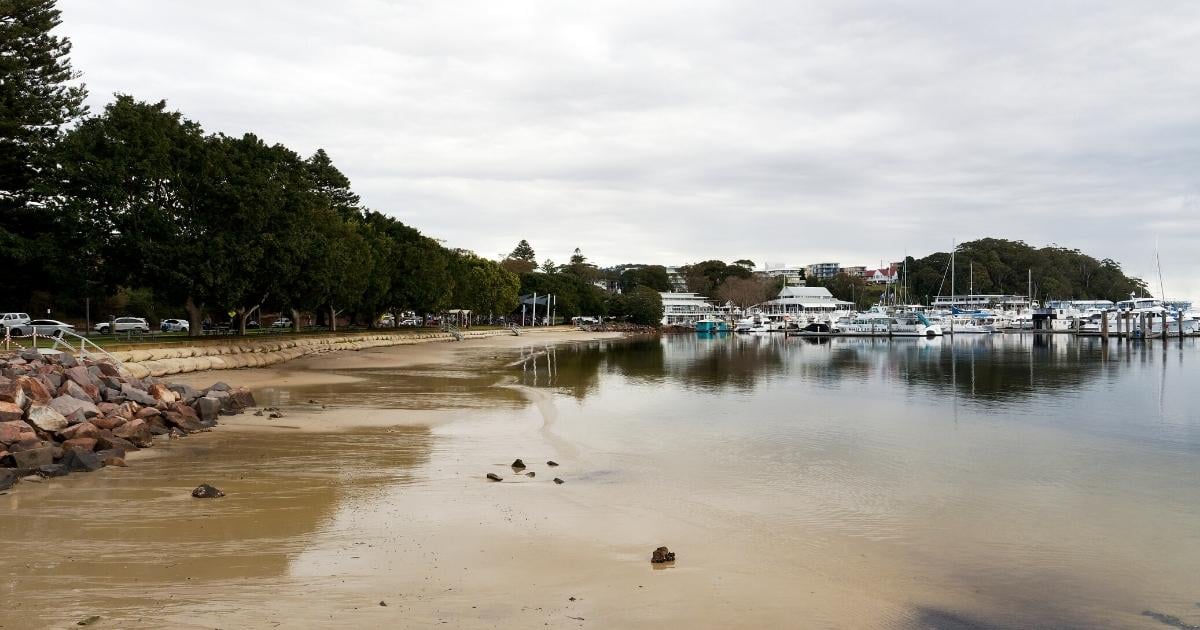Discover the beauty of Port Stephens through its abundant marine life.
Would you like to encounter more than 200 species of fish while diving in the pristine waters of Port Stephens? Want to swim with the bottlenose dolphins? How about watching migratory whales on board a cruise tour? These are just a few reasons why marine life at Port Stephens has become a fascinating subject for photographers, marine scientists, and adventurers.

What is Port Stephens like?
Port Stephens, a natural harbour on the central New South Wales coast, is Australia’s spectacular blue water paradise. The beautiful marine surroundings, which cover 134 square kilometres, are home to various flora and fauna. A diverse range of habitats – reefs, beaches, soft sediments, mangroves, salt marsh, coastal lakes, seagrass beds, and open and closed lakes – support biodiversity. The marine parks, offshore islands, and oceanographic influences make Port Stephens estuaries a unique environment for marine life to thrive and flourish.
Endangered marine species – sea turtles, whales, white sharks, and black cod – have found a protected home in marine sanctuaries. In addition, Port Stephens provides ideal oceanographic conditions for the growth of marine algae, seagrass, sea hares, sea slugs, and many more!

What lies beneath the waters at Port Stephens?
Port Stephens –Great Lakes Marine Park is home to more than 200 fish species, three sea turtle species (loggerhead, green, and hawksbill), invertebrate, seabird, and seaweed species. Bottlenose dolphins are seen travelling, feeding, or socialising in the shallow waters between Nelson Bay and Corrie Island inside the Port. Common dolphins, one of the most abundant dolphin species, can be seen riding the bow waves of boats. The humpback whales travel north from the Antarctic to rich breeding grounds on Australia’s east and west coasts.
1. Fish
Port Stephens harbours more than 400 species of fish. Common Fish, Streamlined Fish, Deep-Bodied Fish, and Slender/Bottom Fish are some species you may encounter in diving spots during summer. Depending on what time of year it is, there are Flathead, Whiting, Luderick, Mulloway, Kingfish, Tailor, Salmon, Long Tail Tuna, and Mud Crab.
The surrounding bodies of water at Port Stephens have fish-attracting attributes – rock bars, oyster racks, bridges, and marshy mangroves. The ocean waters outside Port Stephens harbour snapper, blue, black, striped marlin, yellowfin tuna, mahi-mahi, and swordfish.
2. Molluscs
Molluscs are among the most diverse groups of invertebrates:
- They have a soft anatomy that consists of a head, muscular foot, visceral mass, and mantle.
- The mantle epidermis secretes mucus, calcium salts, and protein.
- Aquatic molluscs have eyes at the base of their tentacles.
- A visceral hump contains organs for digestion and reproduction.
- The muscular foot secretes mucus that enables pedal muscles to make waves and push the molluscs in motion.
Marine molluscs feed on seawater. They produce chemicals within themselves to defend themselves from harmful microorganisms. The molluscan species thrive in seagrass beds, sandy beaches, mangroves, coral reefs, and rocky coastal ecosystems.
3. Crustaceans
Crustaceans are invertebrates with a hard exoskeleton:
- Their bodies are composed of three main segments – head, thorax, and abdomen.
- The segmented body is symmetrical to more than four pairs of jointed appendages or legs.
- They have eyes, a brain, gills, a digestive system, and an open circulatory system.
Crustaceans include crabs, lobsters, prawns, crayfish, shrimp, krill, barnacles, shrimp, copepods, ostracods, and mantis shrimp. They abound in various habitats, and some of them are free-living freshwater or marine animals.
4. Echinoderms
Echinoderms are dominant and form a conspicuous component of the invertebrate fauna of the ocean. The fascinating colours of sea urchins, sea stars, brittle stars, feather stars, and sea cucumbers symbolise marine life and the environment. Echinoderms have features like a five-rayed body organisation, a water vascular system, a dermal skeleton, mutable connective tissue, and a bilateral larva. Echinoderms have the remarkable ability to regenerate or replace discarded parts. They can divide their bodies into two halves as each regenerate into new individuals. There are about 1,400 species of living echinoderms found in Australian waters.
Echinoderms play a vital role in marine ecology. They graze on seaweeds, prevent algae in coral reefs, and provide habitats for sea parasites.
5. Whales and Dolphins
Whales and dolphins are an order of aquatic mammals known as cetaceans. Approximately 45 species of cetaceans inhabit Australian waters. You can see bottlenose dolphins, humpback whales, and the southern right whale from accessible areas due to their migratory nature and residence in a coastal environment. Cetaceans like Common Dolphins, Humpback Dolphins, Killer Whales, Blue Whales, and Sperm Whales are rare sights on cruise tours.
6. Sharks
Sharks are easy to spot in Port Stephens. 5 species abound in Irukandji: Tawny Nurse Sharks, Zebra Sharks, Brown Banded Bamboo Sharks, Epaulette Sharks, and Port Jackson Sharks. Many of the species dwell on the ocean floor. Sharks in Irukandji rely on humans for food and care. They share a unique bond with the keepers. But wildlife sharks in the open seas are different. It is best to leave them alone.
Help Protect Marine Life at Port Stephens
As responsible citizens of planet Earth, we should help protect marine life at Port Stephens. We can do our share by being mindful of actions that may cause harm to marine fauna:
- Avoid using plastic products. They end up as debris in the ocean. You may use reusable bottles, non-disposable food containers, and eco bags. Recycle products if possible.
- Don’t purchase products such as coral jewellery that exploit marine life. Avoid items that use endangered species like hawksbill turtles or sharks.
- Reduce energy consumption and be mindful of your carbon footprint.
- Help take care of the beach by participating in clean-ups.
- Be an ocean-friendly pet owner. Do not flush cat litter. It may contaminate marine life with pathogens. Never release aquarium fish into the ocean. These non-native species may cause harm to the ecosystem.

Let The Retreat customise your marine adventure in Port Stephens.
Get to know the diverse marine fauna at Port Stephens and have an adventure and discovery of a lifetime. Make sure to plan and book your accommodation at The Retreat Port Stephens for an experience like no other!
The Retreat is the perfect sanctuary for couples, families, groups, schools, and weddings. We offer the ultimate holiday experience to relax, explore, and enjoy nature. Book now using our online booking system or call us on (02) 4982 1244 for enquiries.




